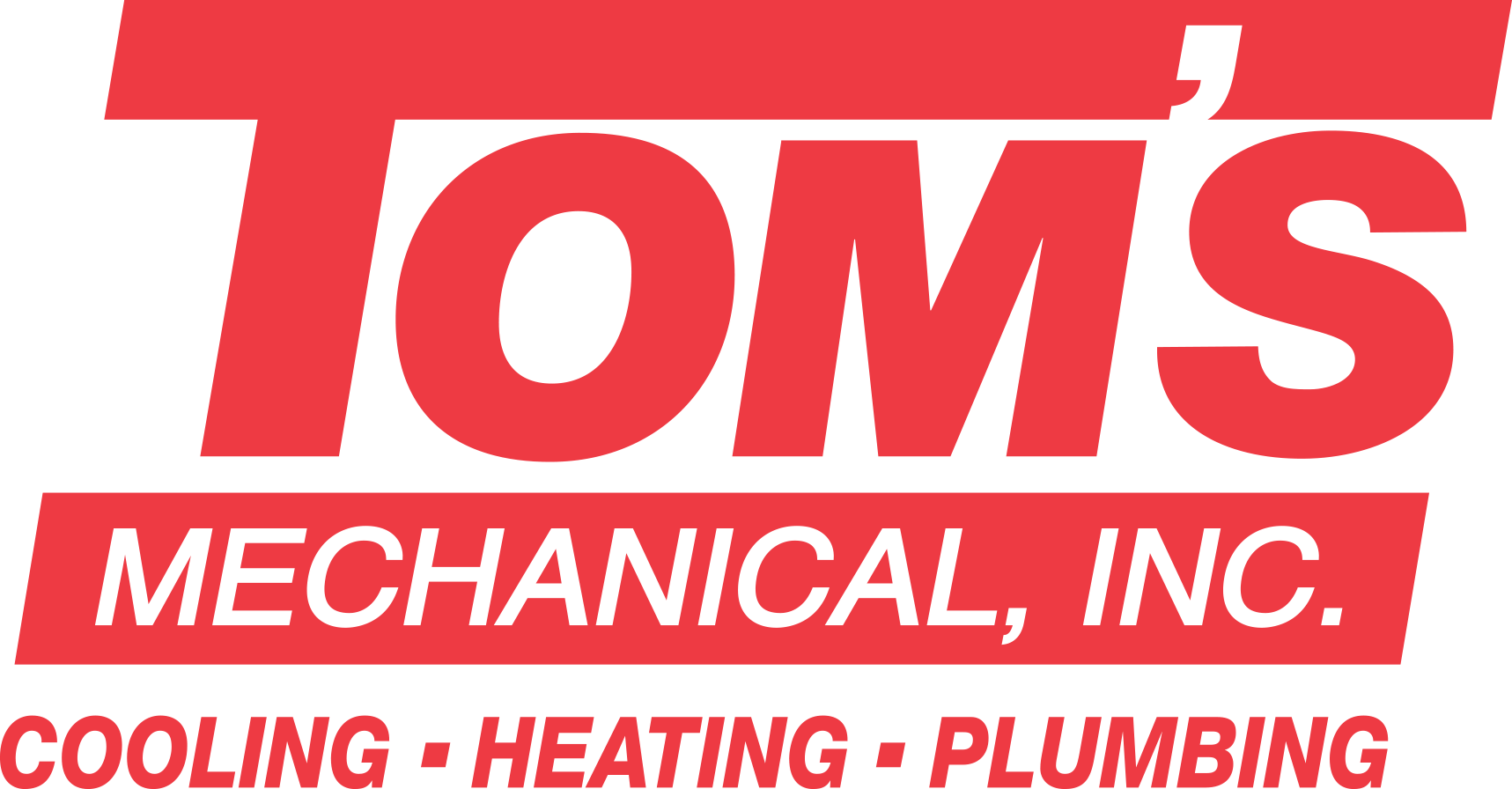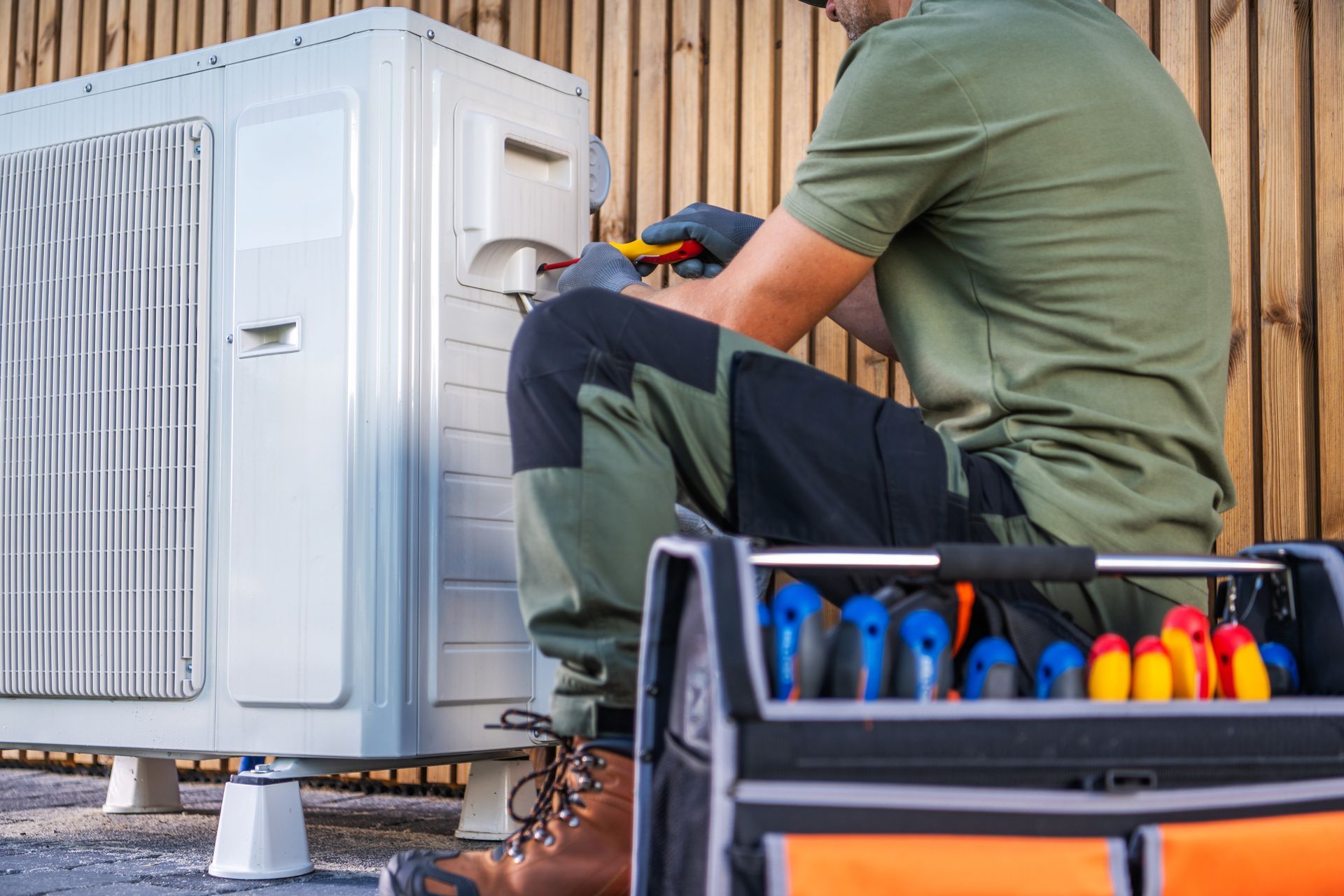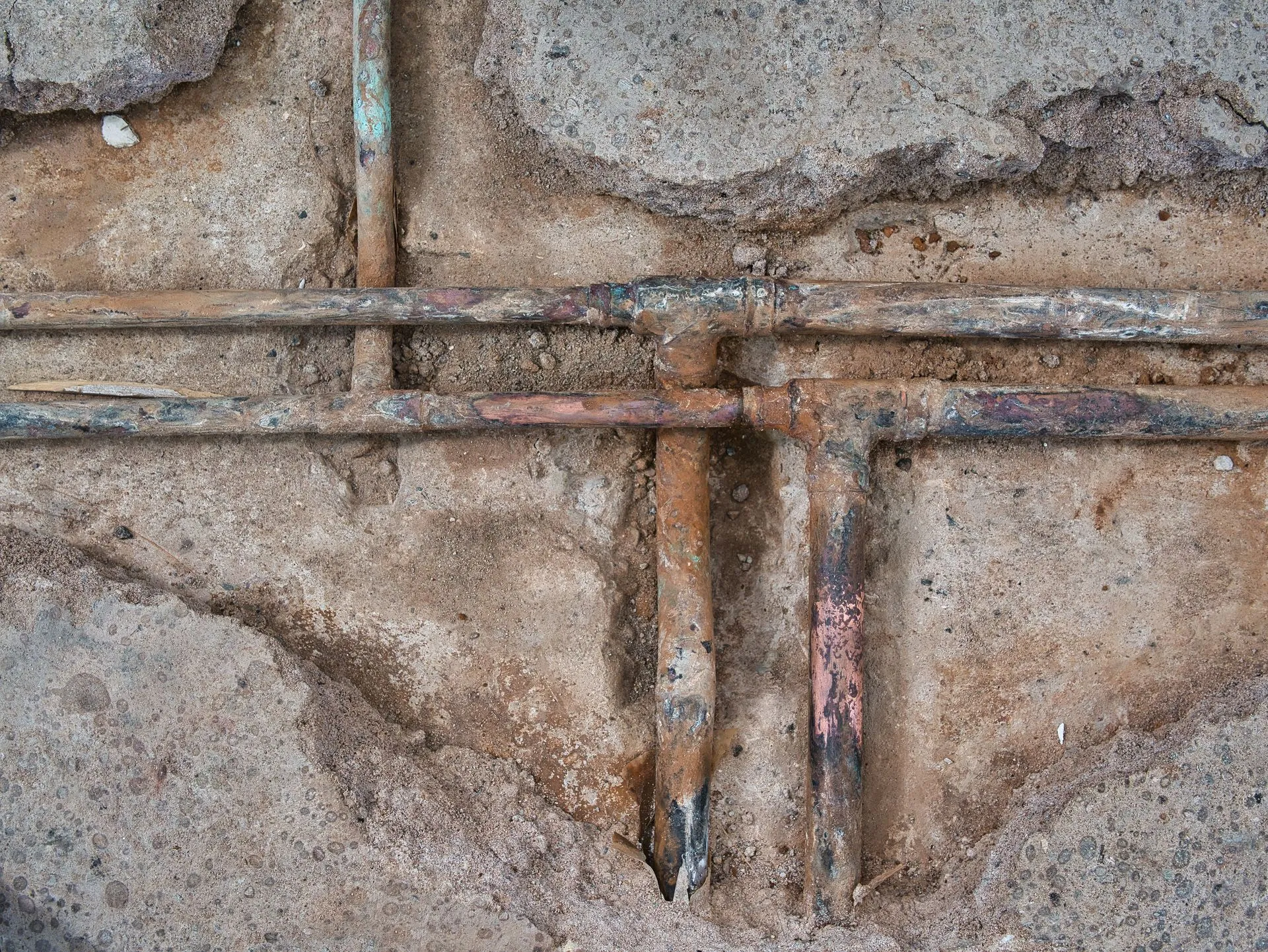What Size HVAC Unit Do I Need?

Choosing the right size HVAC unit is necessary for maintaining comfort and energy efficiency in your home. An HVAC unit that's too small will struggle to heat or cool your space, running longer than it should and using more energy than necessary to cool your space. One that's too large will cycle on and off too frequently, which can be obnoxious for a home’s occupants while also increasing energy usage and utility bills.
The Importance of Proper HVAC Sizing
- Comfort: An appropriately sized HVAC unit will maintain consistent temperatures and humidity levels.
- Energy Efficiency: A correctly sized unit operates efficiently, reducing energy consumption and costs.
- Longevity: An HVAC system that doesn’t short cycle or run nonstop will experience far less wear and tear than an incorrectly sized unit, extending its lifespan.
- Air Quality: Properly sized units improve indoor air quality by ensuring adequate ventilation and air circulation.
Factors Affecting HVAC Size
- Home Size: The square footage of your home is a primary factor in determining HVAC size.
- Climate: Local climate conditions impact the heating and cooling load requirements, especially in places like Arlington with hot, humid summers.
- Insulation: Well-insulated homes retain temperature better, reducing the demand on your HVAC unit.
- Windows: The number, size and type of windows will affect heat gain and loss.
- Ceiling Height: Higher ceilings change the cubic feet calculation, which is an important consideration in proper HVAC sizing.
- Occupancy: More occupants generate additional heat, affecting HVAC needs.
- Appliances and Lighting: Heat-generating appliances and lighting contribute to the overall cooling load.
Calculating HVAC Size
Manual J Load Calculation
The industry standard for determining HVAC size is the Manual J load calculation, developed by the Air Conditioning Contractors of America (ACCA). This calculation considers all the factors mentioned above to determine the precise heating and cooling requirements of your home.
BTUs and Tons
HVAC units are rated in British Thermal Units (BTUs) per hour or in tons. One ton is equivalent to 12,000 BTUs per hour. The BTU rating indicates the amount of heat an air conditioner can remove from your home in one hour. A higher BTU rating means more cooling capacity.
Rough Estimates
While a Manual J calculation is the most accurate method, you can use rough estimates based on square footage as a starting point.
Here's a general guideline for cooling:
- 1.5 tons (18,000 BTUs) for homes up to 1,000 square feet
- 2 tons (24,000 BTUs) for homes between 1,000 and 1,500 square feet
- 2.5 tons (30,000 BTUs) for homes between 1,500 and 2,000 square feet
- 3 tons (36,000 BTUs) for homes between 2,000 and 2,500 square feet
- 3.5 tons (42,000 BTUs) for homes between 2,500 and 3,000 square feet
These estimates can vary significantly based on the factors affecting HVAC size, so it's essential to schedule a professional assessment for precise sizing. The experienced system designers at Tom’s Mechanical provide HVAC replacement estimates so you can make an informed choice about system size.
Why You Should Avoid Oversizing or Undersizing
Consequences of an Oversized HVAC Unit
- Short Cycling: An oversized unit cools or heats the space too quickly, leading to frequent on/off cycles. This increases wear and tear and reduces the unit's lifespan.
- Higher Energy Bills: Frequent cycling consumes more energy, leading to higher utility bills.
- Poor Humidity Control: Oversized units may not run long enough to effectively remove humidity, leading to discomfort and potential mold growth.
- Inconsistent Temperatures: Rapid cycling can cause temperature swings, making it challenging to maintain a consistent comfort level.
Consequences of an Undersized HVAC Unit
- Inadequate Heating/Cooling: An undersized unit will struggle to reach and maintain the desired temperature, leading to discomfort.
- Constant Running: To keep up with demand, an undersized unit will run continuously, leading to higher energy consumption and increased wear and tear.
- Reduced Lifespan: Constant operation can shorten the unit's lifespan due to overuse.
- Poor Air Quality: An undersized unit may not provide adequate ventilation, affecting indoor air quality.
Installation Matters
Proper air conditioner installation is just as important as selecting the right size unit. An improperly installed HVAC system can lead to numerous issues, including reduced efficiency, frequent breakdowns and shortened lifespan. Professional installers make sure that your system is correctly set up and integrated with your home's ductwork for maximum effectiveness.
Our Arlington Air Conditioning and HVAC System Designers Perform Precise Sizing Calculations to Ensure We Install Efficient, Highly Effective Cooling Solutions
Make sure your home stays comfortable year-round with a new HVAC unit installed by the experts at Tom's Mechanical in Arlington, TX.
Schedule your installation today or give us a call at 817-277-4493 and experience superior comfort in your home!



